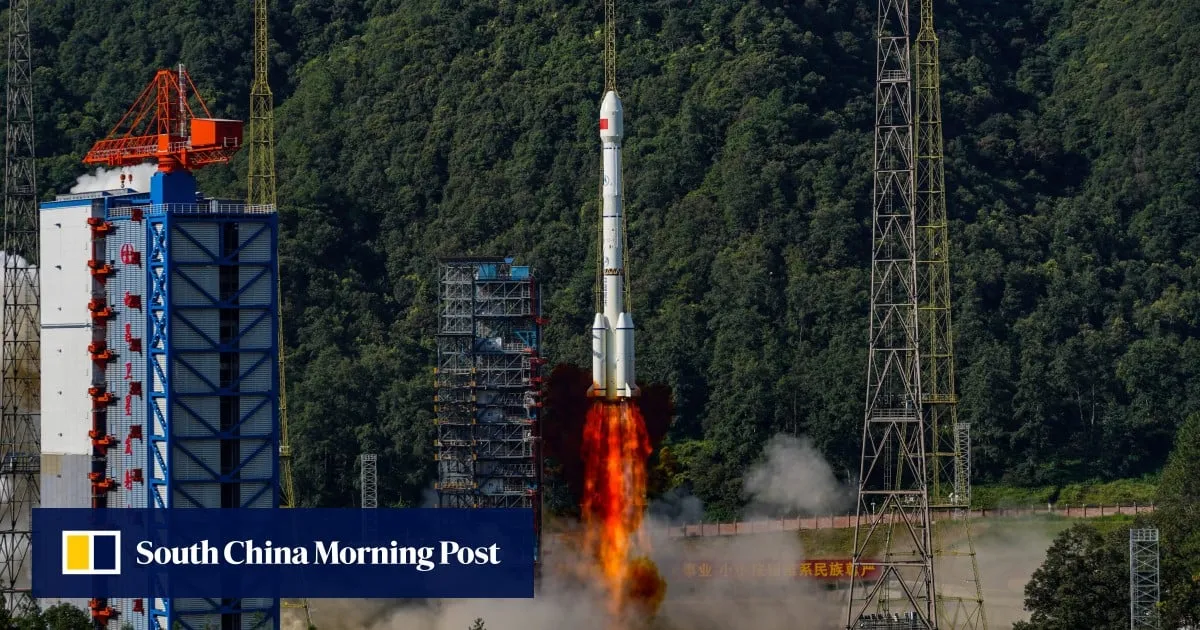BeiDou: China’s Leap Ahead in Global Navigation Systems

BeiDou’s Last Launch – A Milestone in Satellite Navigation
On Thursday, China successfully sent the last two satellites of its BeiDou-3 navigation system into orbit. The satellites were launched aboard a Long March 3B rocket at 9.14 am from the Xichang Satellite Launch Centre. These satellites, constructed as backups, will reinforce operations by supplementing the existing 30 BeiDou-3 satellites in various orbits, including 24 in medium Earth orbits and six in geostationary positions.
Advancements and Global Impact of BeiDou Navigation
As stated by Liu Yingchun, chief designer of the BeiDou-3 system, this launch marks a significant step towards the enhancement of navigation systems. The new satellites are equipped with advanced atomic clock components and inter-satellite link terminals, enabling tests for the BeiDou-4 navigation satellites.
Since its inception in 2000, China has launched 64 BeiDou satellites and achieved global coverage in 2020. Today, BeiDou stands proudly alongside GPS, GLONASS, and Galileo as a leading Global Navigation Satellite System (GNSS).
- In the Asia-Pacific region, BeiDou offers enhanced positioning accuracy.
- China’s ambitious plans aim for a more advanced, intelligent PNT system by 2035.
- The commercial value of the satellite navigation industry reached 536 billion yuan (US$73 billion) in 2023.
Fostering Innovation Through Integrated Technologies
Yu Xiancheng of the China Satellite Navigation and Positioning Association asserted that the "BeiDou industry" is entering a transformative phase, emphasizing the integration with technologies like 5G, cloud computing, and AI.
These advancements promise a future filled with intelligent service products and diverse application scenarios, enhancing the capabilities of navigation systems.
This article was prepared using information from open sources in accordance with the principles of Ethical Policy. The editorial team is not responsible for absolute accuracy, as it relies on data from the sources referenced.